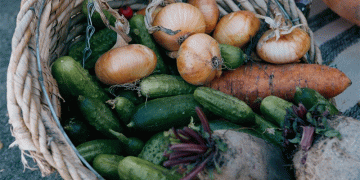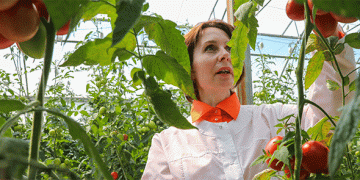This year has presented South Korean farmers with unprecedented challenges in planting two essential crops: garlic and onions. Climate anomalies, including unseasonal rainfall and higher-than-average temperatures, have delayed planting schedules, with consequences expected to ripple through the supply chain.
Delayed Planting Across Major Regions
In key onion-growing areas such as Changnyeong County, planting—normally completed by late October—has been postponed by up to 20 days. As of mid-November, many fields remained unplanted due to waterlogged conditions from heavy rainfall. Farmers report additional costs for field preparation, including repeated plowing and fertilization, to mitigate the effects of prolonged wetness.
Similarly, garlic producers face delays of 10–20 days in planting cold-tolerant varieties in regions like Uiseong and Seosan. The situation is further complicated by impending deadlines for crop insurance enrollment, which could leave late planters without coverage against potential losses.
Rising Costs and Weather-Induced Risks
Farmers estimate that early production costs have nearly doubled due to repeated field preparations. Late planting also reduces the crops’ pre-winter growth period, increasing vulnerability to cold damage (frost heaving) and other winter-related stresses. Additionally, warmer-than-usual temperatures have caused excessive growth in early-planted onions, which can lead to issues like bolting (flowering prematurely) and double bulbs, reducing market quality and yield.
Calls for Solutions
The farming community emphasizes the need for systemic changes to better support agriculture in the face of climate unpredictability. Proposals include:
- Extension of crop insurance deadlines to accommodate delayed planting.
- Development of resilient crop varieties better suited to erratic weather patterns.
- Improved drainage systems and field infrastructure to manage excess rainfall effectively.
The delayed planting of garlic and onions underscores the urgent need for adaptive measures in agriculture to combat climate-related disruptions. While short-term solutions such as insurance extensions provide relief, long-term strategies to enhance climate resilience are vital for ensuring the stability of South Korea’s agricultural sector.
































